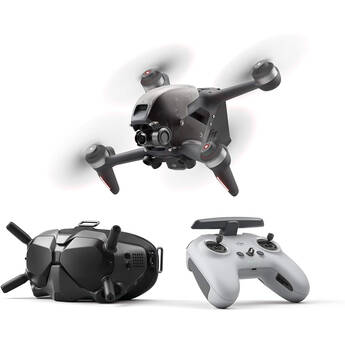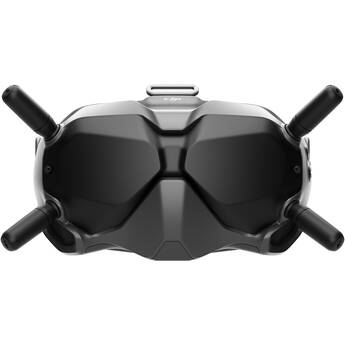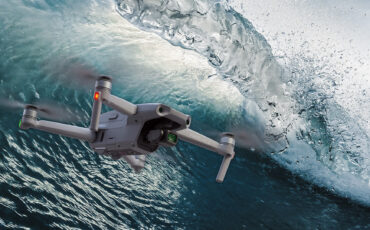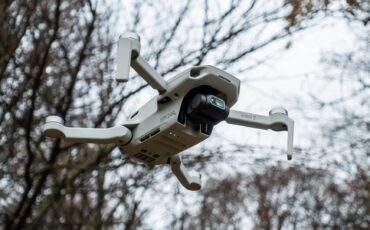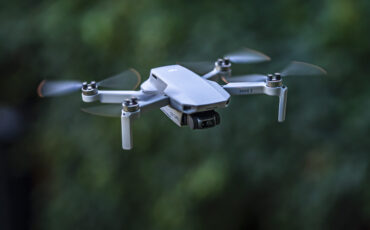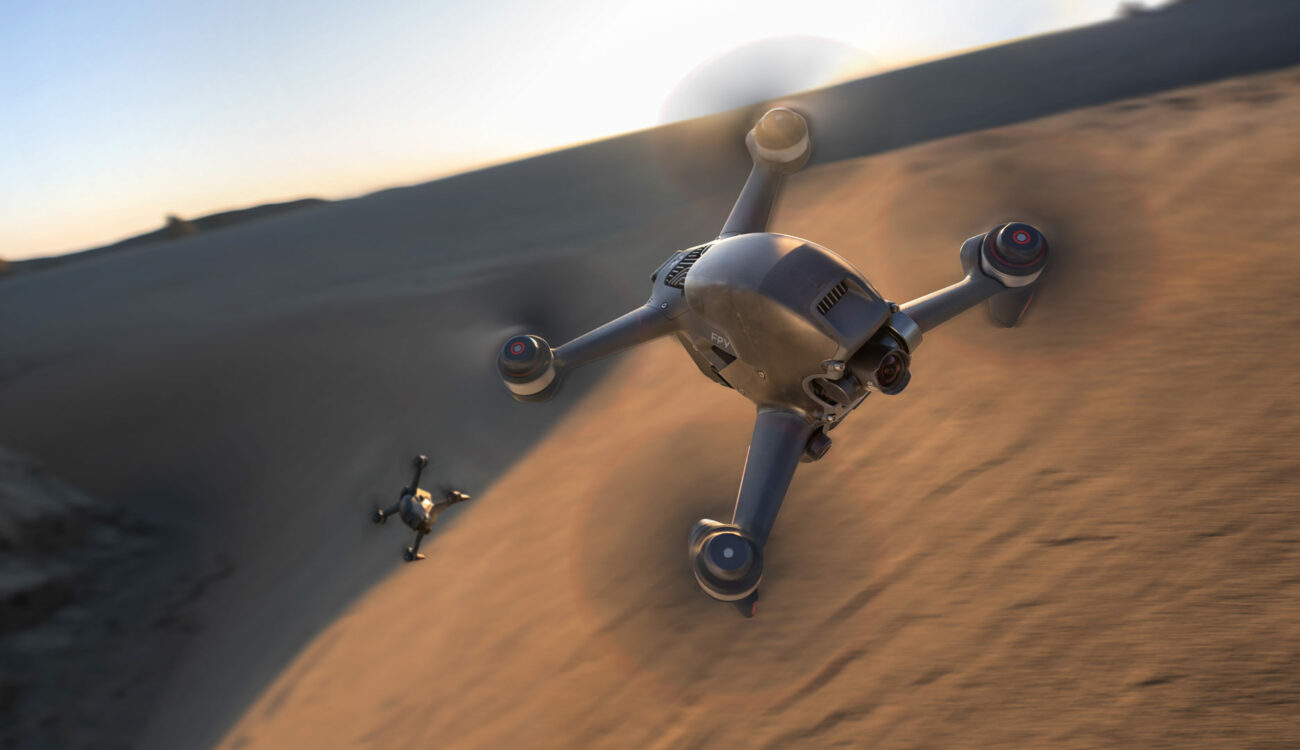
DJI FPV is the company’s first FPV drone system. It offers three flight modes for different skill levels, a variety of optional safety features, and a new optional motion controller. Thanks to OcySync 3, the FPV Goggles can receive low-latency, high-framerate HD feed. The camera can capture video in up to 4K 60fps or 1080p 120fps. The drone offers up to 20 minutes of flight time per battery and it is available now starting at $1,299. My colleague Nino spent some time with the DJI FPV, so make sure to check his review in a separate article.
The Chinese tech company DJI was founded in 2006. With its strong focus on drones, the company has been dominating the consumer drones’ market segment with the Phantom and Mavic lines for the past few years. That being said, one of the segments remained unexplored by DJI up – until now: the FPV drones. If you are not familiar with this term – FPV (First Person View) is the type of flying where the pilot sees in goggles exactly what the drone sees in a front-facing camera. In a way, it is similar to piloting a real plane.
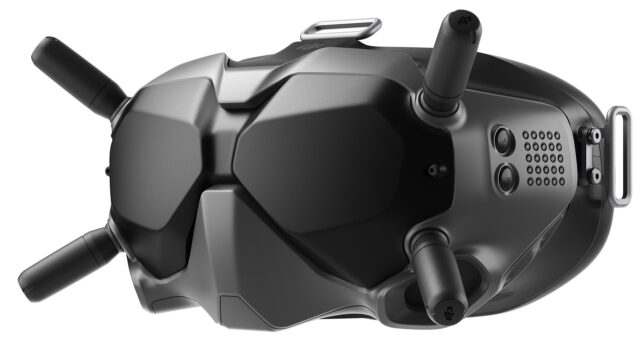
FPV drones have been usually connected with racing only. Lately, FPV flying has been quite significantly gaining popularity among filmmakers as it offers a different perspective and possibilities for filming. What was anticipated by many drone operators for a while, has really happened now: DJI entered the FPV drones market. Let’s take a look at the features and specs of the newly announced DJI FPV drone.
DJI FPV Drone System
Up until now, DJI only offered the image transmission system with goggles for FPV pilots. With the arrival of DJI FPV, the company offers the whole package. The DJI FPV ecosystem includes the drone, goggles, a dedicated remote controller, and also a new intuitive (optional) motion controller that can steer the drone based on the movements of the hand. With its high-performance racing motors, the DJI FPV drone can reach a maximum speed of 140 kph (87 mph) and a maximum acceleration of 0-100 kph (0-62 mph) in two seconds.
Philip Bloom's Cinematic Masterclass
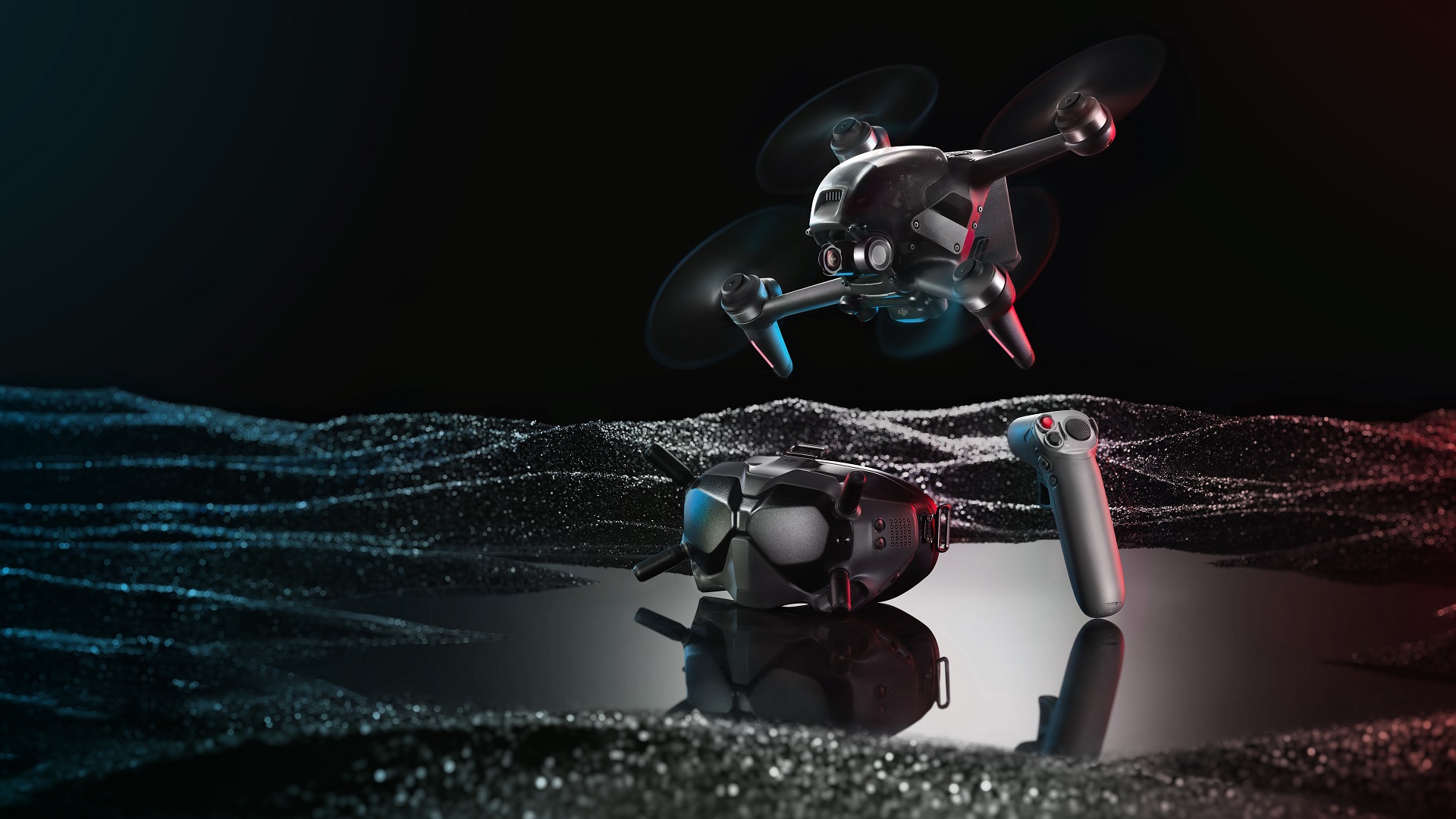
The FPV monitoring system is based on O3 – the third generation of DJI’s OcySync technology. Its maximum transmission range is 10km (unobstructed, free of interference, and FCC-compliant – in the USA) or 6km (for CE-compliant in Europe). Thanks to auto-switching dual-frequencies, a high bitrate of 50 Mpbs, and anti-interference features, the DJI FPV should provide a reliable, low-latency HD feed for the DJI FPV Goggles V2. There are several viewing options for the FPV pilots:
- Standard low-latency HD mode works in 1440x810p in either 60 fps with a wider 142° FOV or 50 fps with 150° FOV. In this mode, latency stays below 40 ms.
- Smooth mode allows pilots to activate high frame rates for a more cinematic look and signal latency is decreased to ≤ 28 ms. Resolution is also 1440×810p but with either 120 fps at 142° FOV or 100 fps at 150° FOV.
- Audience mode allows sharing the pilot’s perspective with other people. It can connect up to eight additional Goggle sets.
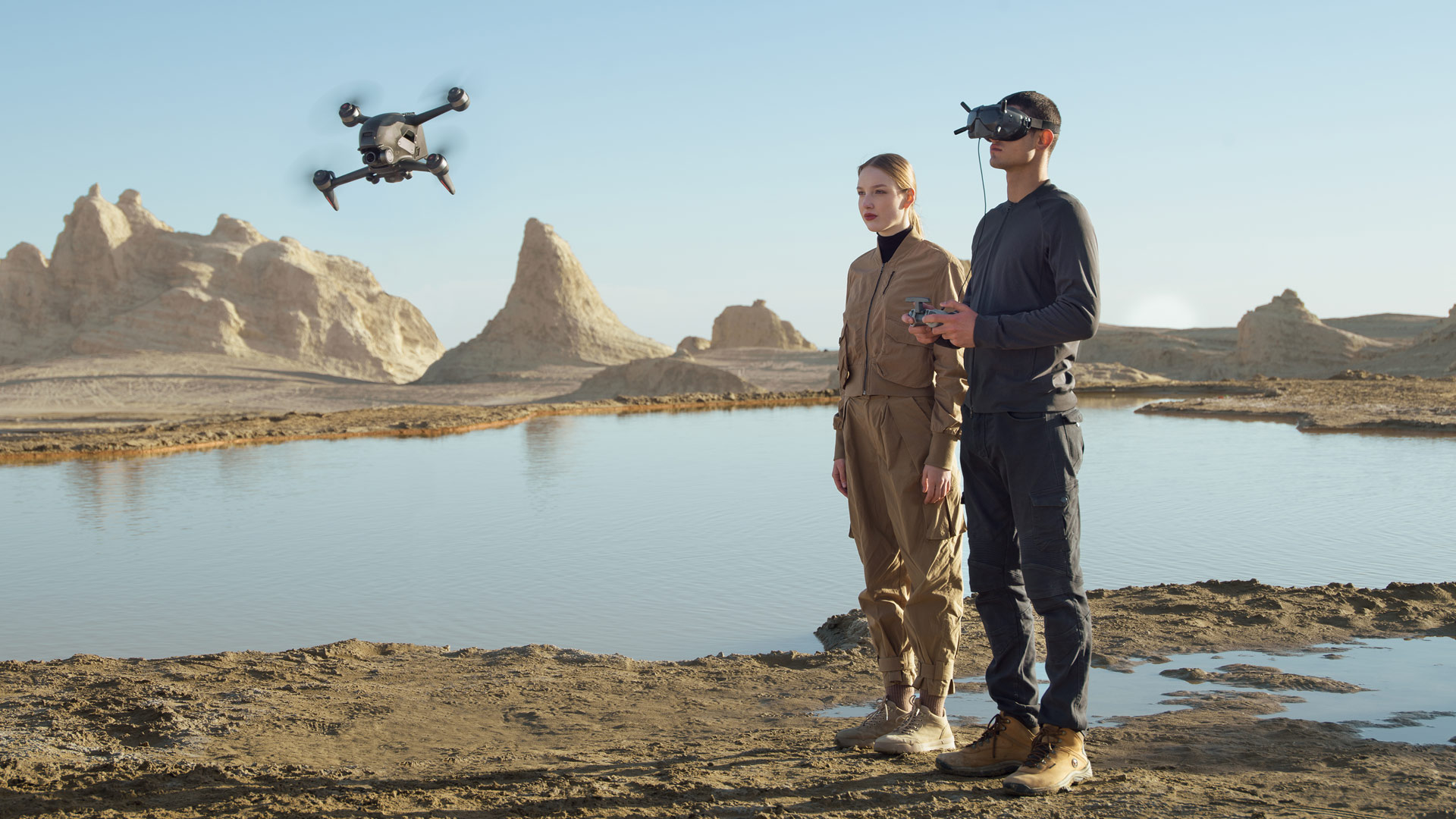
The Camera
The drone’s camera is placed on a single-axis gimbal that provides stability during maneuvers while rotating vertically for unique angles. It uses 1/2.3″ CMOS sensor with an ultra-wide-angle lens with a 149.4° FOV (14.66mm full-frame focal length equivalent). It can capture up to 4K 60fps video with a 120 Mbps bitrate with the assistance of RockSteady electronic image stabilization. Slow-motion is available in 1080p up to 120fps.
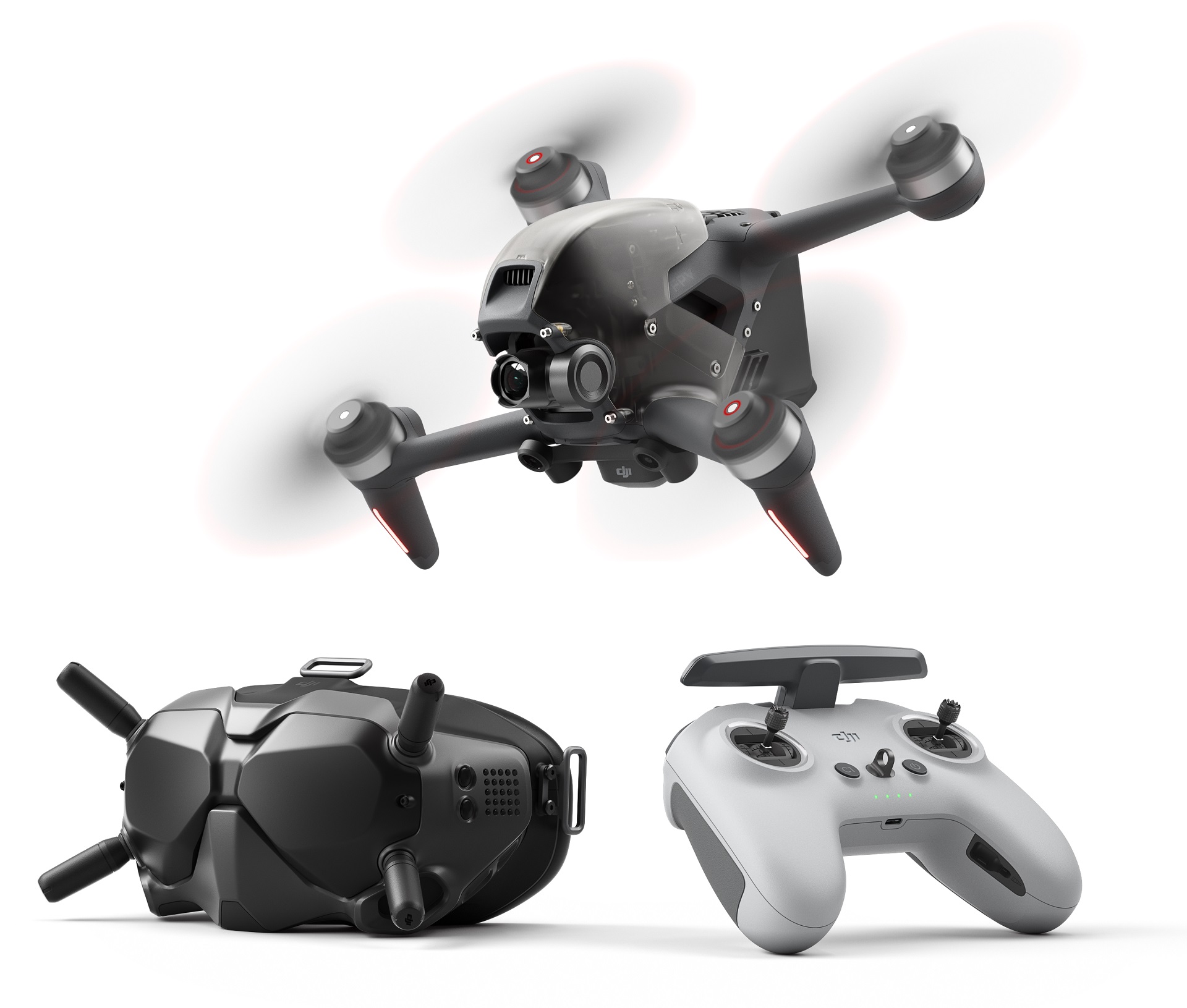
Users can select between H.264 and H.265 compression and between two color profiles – Standard and D-Cinelike. DJI will also supply a distortion correction software, that can remove the fish-eye look common in FPV footage. The drone supports MicroSD memory cards up to 256GB.
Flight Modes
The DJI FPV drone offers three different flight modes, that require different skill levels from the pilots:
- Normal (N) Mode is the easiest flight mode, which takes advantage of the drone’s sensors for obstacle detection. During N mode operation, DJI FPV operates similar to other DJI drones, hovering in place with the use of GPS and/or visual positioning systems (VPS) on the bottom of the drone.
- Manual (M) Mode allows for full control over the drone and it is designed for more experienced users. While in M mode, all sensors and hovering features are disabled.
- Sport (S) Mode is a new hybrid blend of M and N mode, that offers some of the dynamic movement capabilities that come with M mode along with some of the key safety features of N mode. S mode is the middle step between the three and was developed to give pilots more room to explore their skills as they get accustomed to the drone.
Physical Specs and Safety
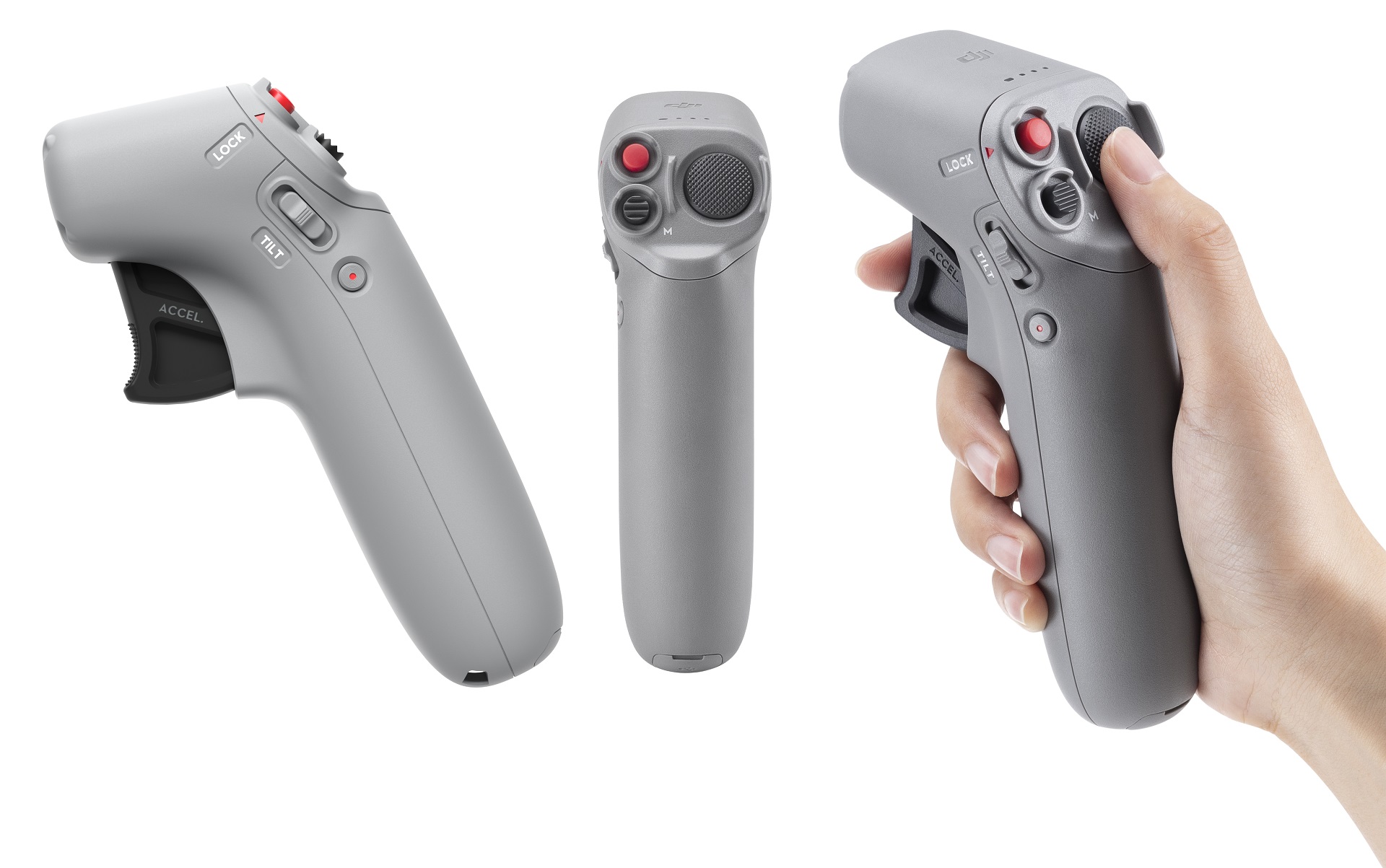
Talking of the drone’s body, the takeoff weight is approximately 795g and its dimensions are 255×312×127 mm (with propellers) or 178×232×127 mm (without propellers). DJI states the maximum flight time of 20 minutes (measured while flying at 40 kph in windless conditions) and a maximum hover time of 16 minutes (in windless conditions). The DJI FPV utilizes safety features such as:
- Emergency Brake and Hover Feature are available in all flight modes. These features stop the drone and have it hover in place at any time during the flight.
- Obstacle Detection Sensors in the front of the drone can be activated in N mode only and they will alert pilots when objects get close and automatically slow down. Visual Positioning Sensors (VPS), along with an auxiliary light on the bottom, assist in smooth launch and landings.
- Failsafe Return to Home is another feature that will bring the drone automatically back to its home point with a press of a button or in the event that transmission is lost.
- GPS-based Geofencing automatically prevents drones from flying near certain high-risk locations, such as airports.
- AirSense ADS-B Receiver System warns the drone pilot when airplanes or helicopters are nearby.
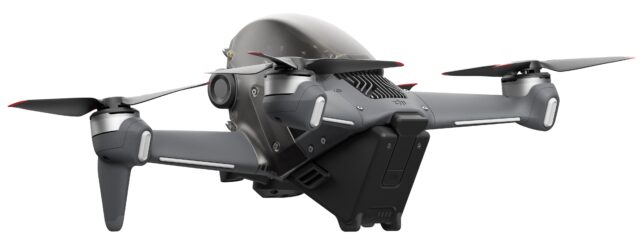
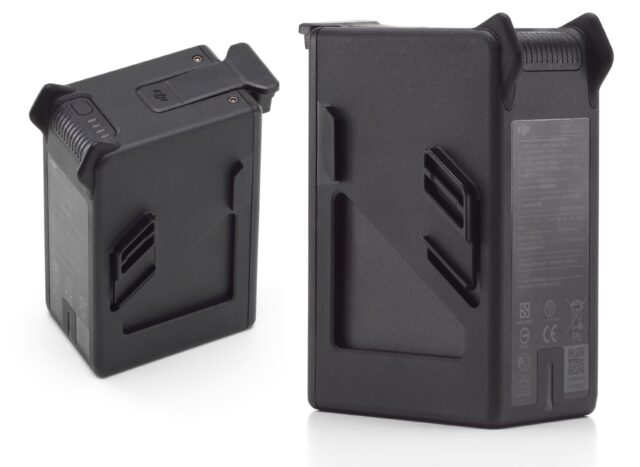
DJI Apps
The DJI FPV uses the latest version of the DJI Fly app which is available for both iOS and Android devices free of charge. The app now includes detailed tutorials on how to operate the FPV drone. DJI Virtual Flight App is a newly developed free simulator app that can be used to train the FPV flying virtually without the risk of crashing the drone. It is currently only available for iOS. DJI claims the support for Android devices comes later this year.
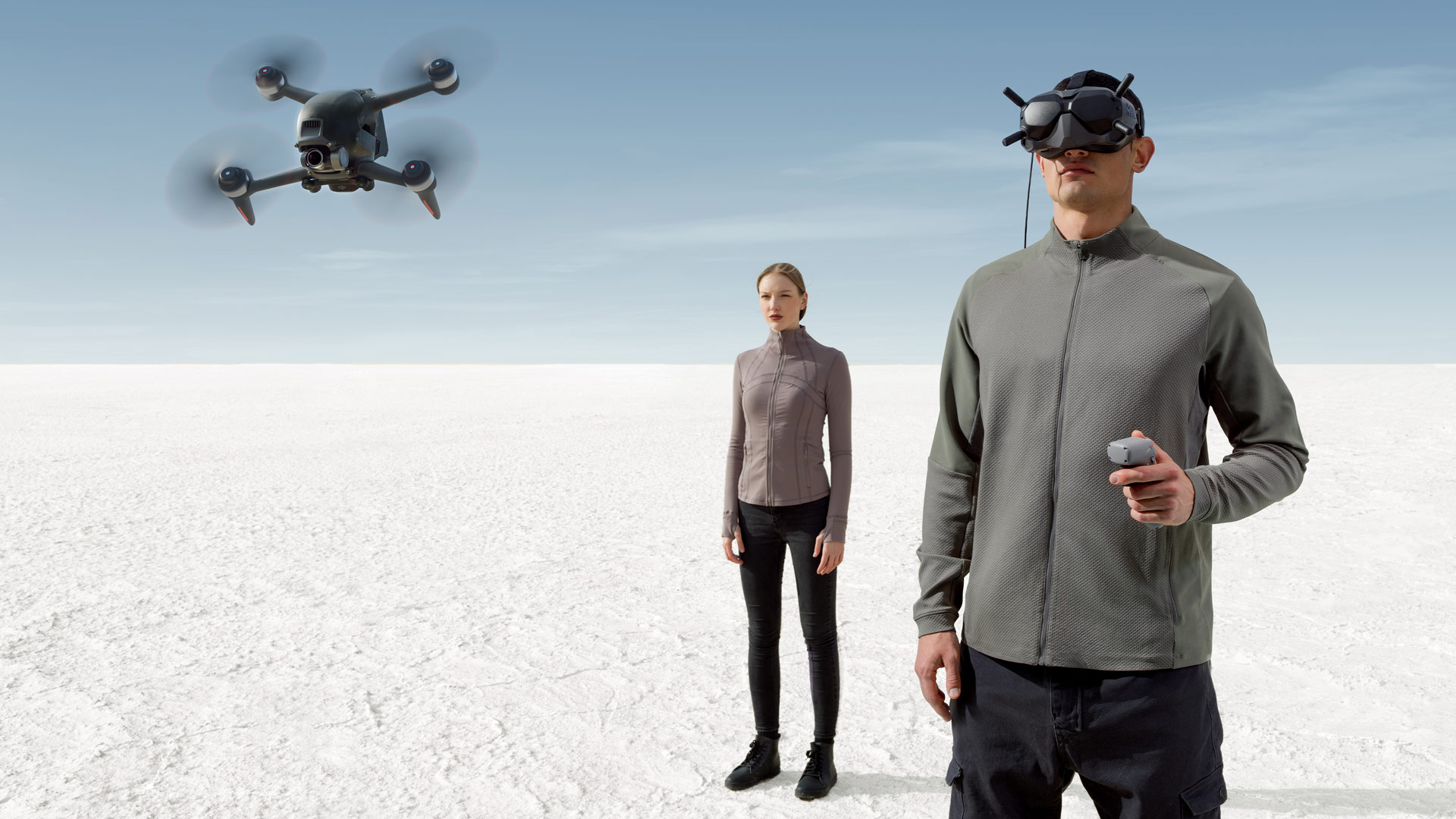
Please keep in mind, that in many jurisdictions, drone pilots flying with FPV goggles must be accompanied by a visual observer to watch for airspace hazards. DJI encourages all pilots to always fly safely and responsibly, and be sure to understand and follow the legal requirements for flight.
Price and Availability
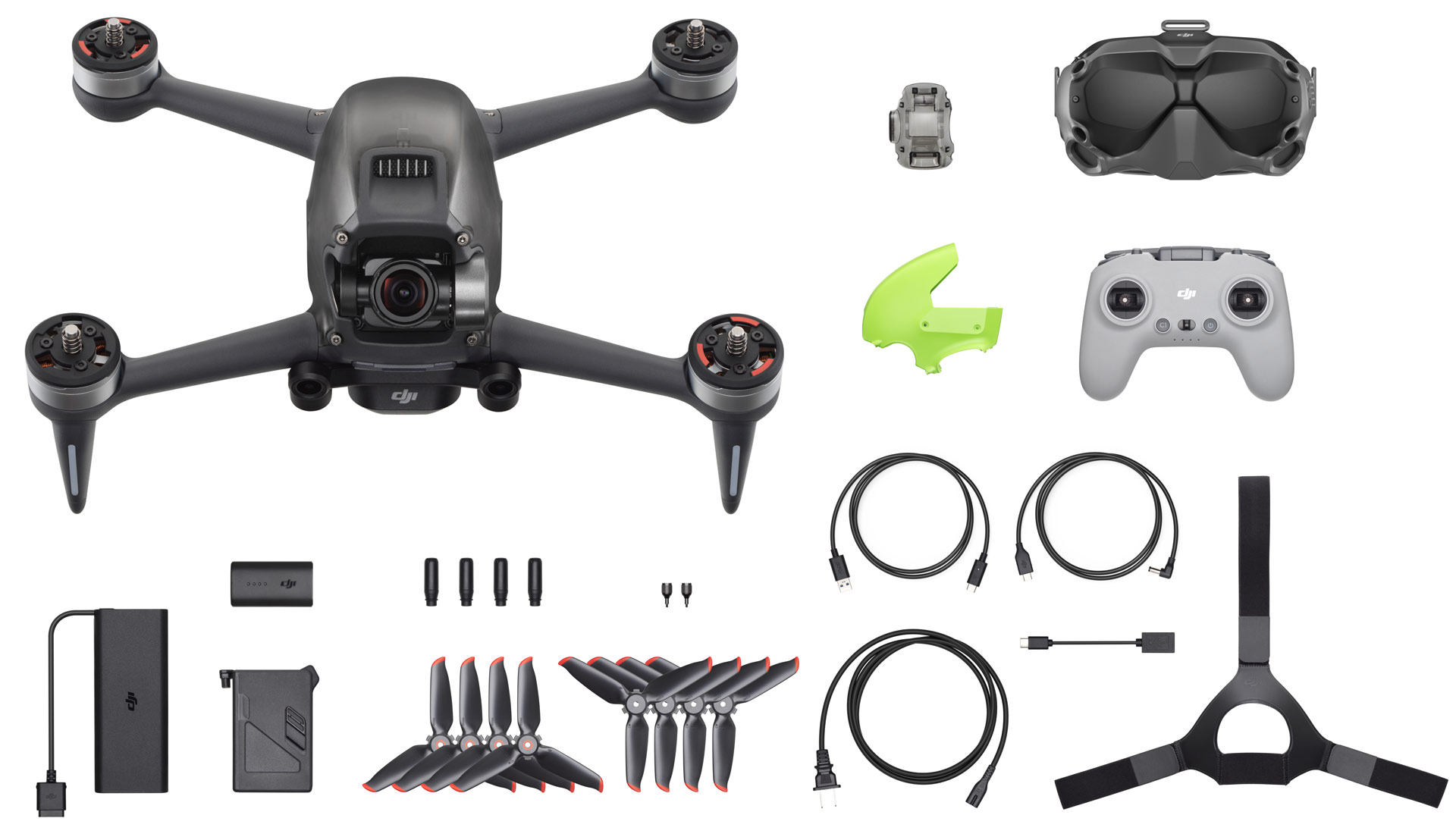
The DJI FPV drone and the motion controller are available now. The price for the DJI FPV Combo has been set to $1,299 (around €1,349 including VAT in Europe). The DJI FPV Motion Controller costs $199 (around €149 in Europe). Finally, the DJI FPV Fly More Kit that includes two batteries and a charger hub will retail for $299 (around €279 in Europe).
Are you flying FPV drones or do you want to start? What do you think about the DJI FPV drone? Let us know in the comments section underneath the article.



